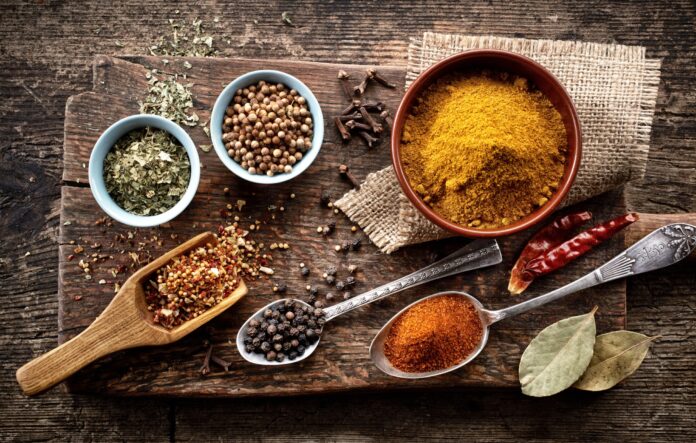
Nowadays, it is hard to know whether we are consuming organic spices or not. Whenever we cook any food, these aromatic spices give an excellent taste, texture, and aroma. There is nothing you can prepare without these ingredients.
But what happens if you know that you are consuming non-organic ingredients in your food. It is not only unhealthy, but you are also wasting your money. It is necessary to buy organic ingredients to get a real and better taste.
Visit Yaksha.ch to get naturally grown premium spices that you can get from the farm to the fork. The Yaksha spices are a famous brand that can help you get your food’s fantastic taste and aroma.
In the following write-up, we will discuss how to know if you are buying different organic spices. It is undoubtedly hard to detect, but you can try your best to understand the difference and get the right thing for your kitchen.
1. Turmeric Powder
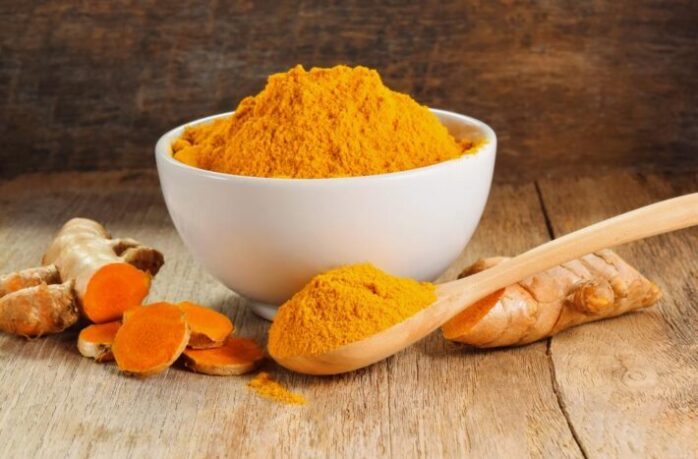
This ingredient is made up of the ginger-like root, which gives a deep yellow color to your food. It is commonly used in our kitchen, and it is crucial to detect the difference so that you consume the right food. You can try one thing to know the difference, i.e., put a pinch of turmeric in some water and leave it for some time.
If you see white specs floating over the surface or cloudy water, then you bought an impure turmeric powder. Go for the knotted turmeric roots and grind them after drying them up, or you can buy them from an organic brand.
2. Red Chili Powder
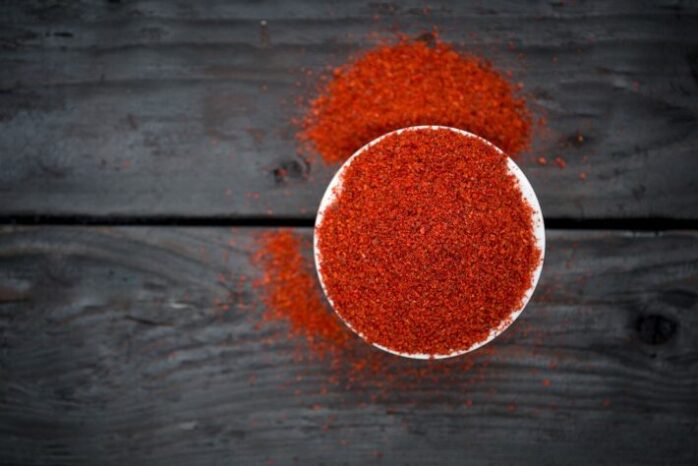
It is another common ingredient to get some spiciness in your food. It is bright red and spicy. There are chances of adulteration in the form of artificial color or brick powder. But with the help of an easy experiment, you can easily detect whether it is pure or not.
Take some chili powder and mix it in a glass of water and stir it well. If you observe a bright red color, then it contains artificial color. If you see the sediment deposit at the glass bottom, it signifies the presence of brick powder.
3. Coriander Powder
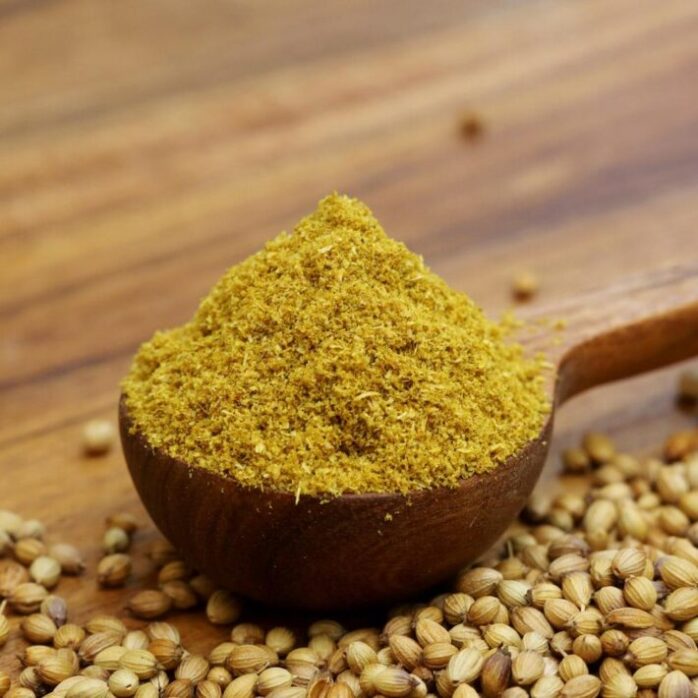
There is a possibility of husk adulterant in coriander powder. When you add the powder to a glass of water and stir it, you will see husk floating on the surface. If you have a pure ingredient, then it will settle down quickly.
4. Cumin Powder or Seeds
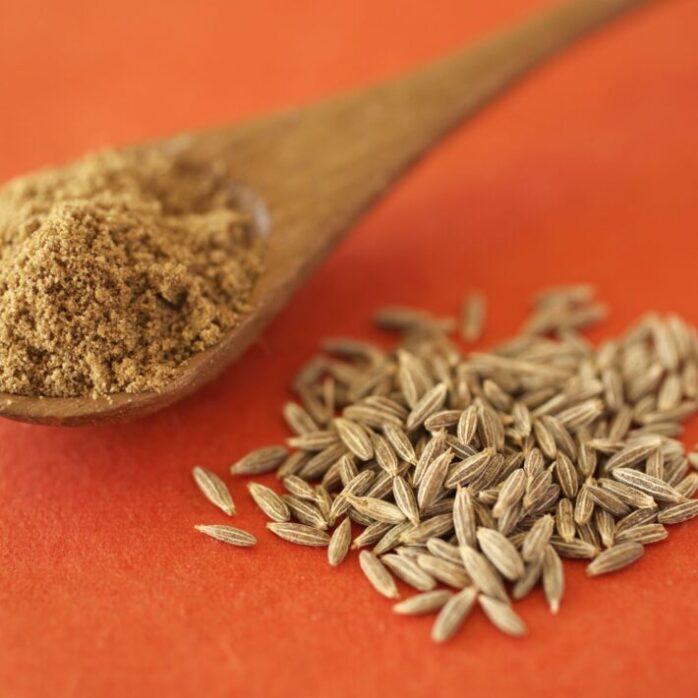
The organic one is free of starch, grass seeds, charcoal, and sawdust. You can detect the artificial black color if you rub some seeds on your palm vigorously. Your palms will turn black in the case of non-organic ingredients.
There is another way to test the powder by adding it to water and keeping it to stay at the bottom. The contaminants will start floating on the surface, and the pure will ultimately settle at the bottom.
5. Black Pepper
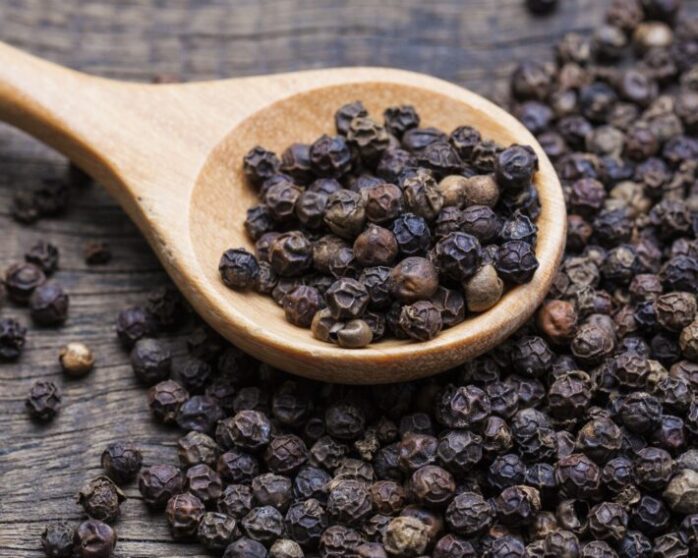
It is a common ingredient, which is used in everyone’s kitchen. It is adulterated with papaya seeds, and it is hard to detect pure quality. But you can try out this simple method, in which you need to add some peppercorns in alcohol. If it contains papaya seeds, then it will sink, and the pure ones will float.
6. Mustard Seeds
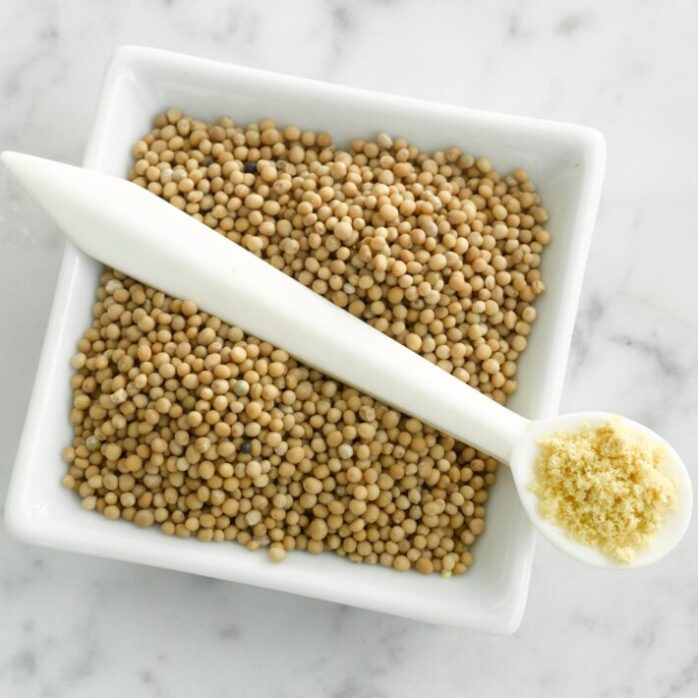
You may get adulterated mustard seeds in the name of an organic ingredient. You need to check to test it by crushing the seeds. It can be mixed with argemone seeds with a rough exterior and white interior.
If you have bought the genuine ones, then it will be of soft exterior and yellow interior. Many people do not bother about checking any of the ingredients and, finally, fall ill.
7. Cinnamon

In the market, we can get two types of cinnamon, i.e., Chinese Cassia with a mild flavor and Ceylon Cinnamon with a strong flavor. We usually buy the Chinese one without any strong aroma or taste. If you want a better and real one, then you must prefer the Ceylon one.
You can know the difference by comparing their texture firstly. Cassia one is thick and coarse, and the Ceylon is thin. If you test it with iodine and if it turns blue, then it is Cassia.
8. Star Anise
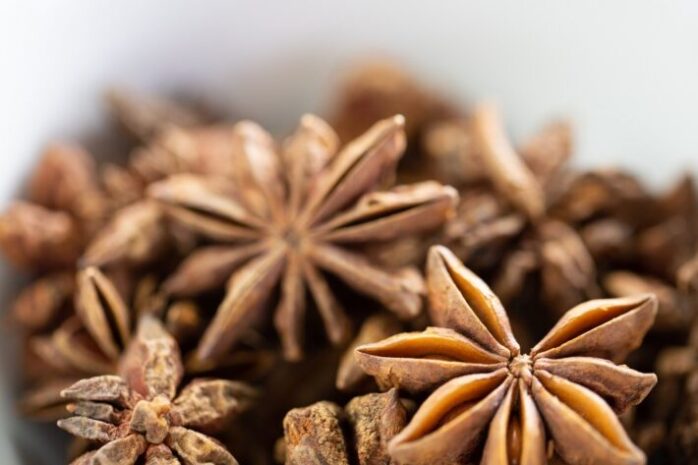
It is another spice for adding enhanced aroma and taste to your food. It is reddish-brown and looks similar to wood. The detection process of fresh and pure star anise is quite hard.
Whenever you buy this ingredient, make sure that it should have eight segments with a shiny seed in the center. If you buy the dark and brittle one, then it can be impure or of poor quality. You can also test it by breaking it as it releases some greasy fluid.
9. Cardamom
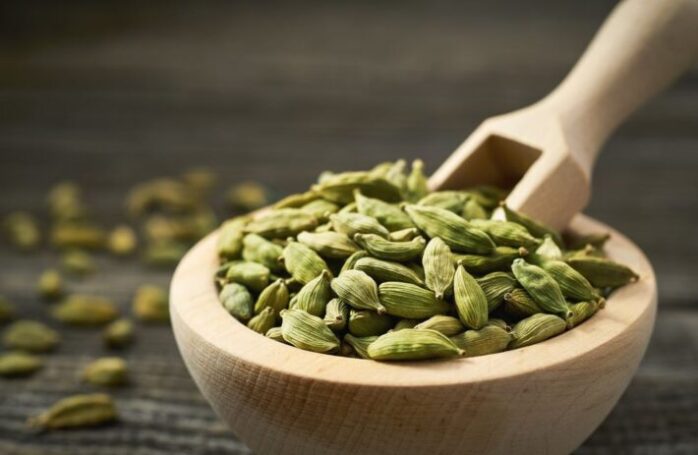
If you are buying the fresh ones, then it will be olive in color and plumper. If you observe the too green color, then the artificial color is used to make them look fresh. But, if the color is yellow, then it might be old or dried. While rubbing it in your fingers, if you get any color, you should not buy it.
10. Cloves
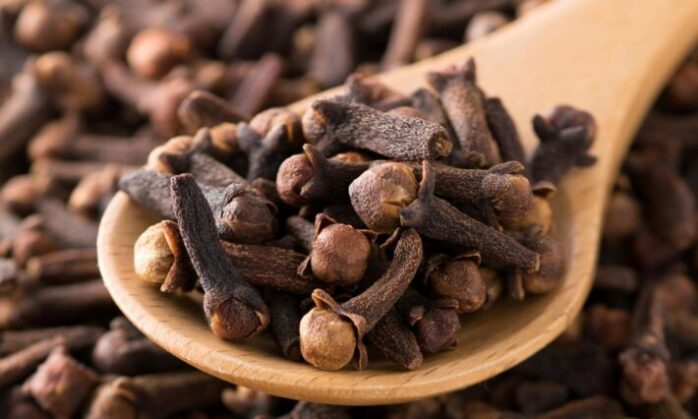
The pure ones look healthy, plump, and gives an intense aroma. You can test the fresh one by putting it into water. If it floats vertically, then it is healthy and fresh. Else if it stays on the surface, then it is the old one.
The Bottom Line
You must know different ways to test different spices and know whether you are buying organic ingredients or not. Plenty of brands are available in the market selling all types of spices, but not everyone is selling organic quality.
You can check some of the common ingredients by the mentioned tests and determine what is pure for your kitchen. It is important to consume fresh and pure ingredients to stay healthy and get a fantastic food taste. You should not compromise the flavor, taste, quality, and aroma in any way.











